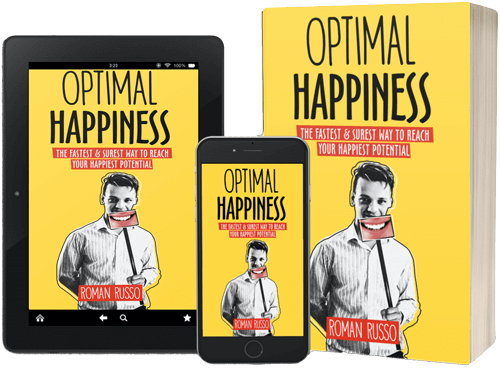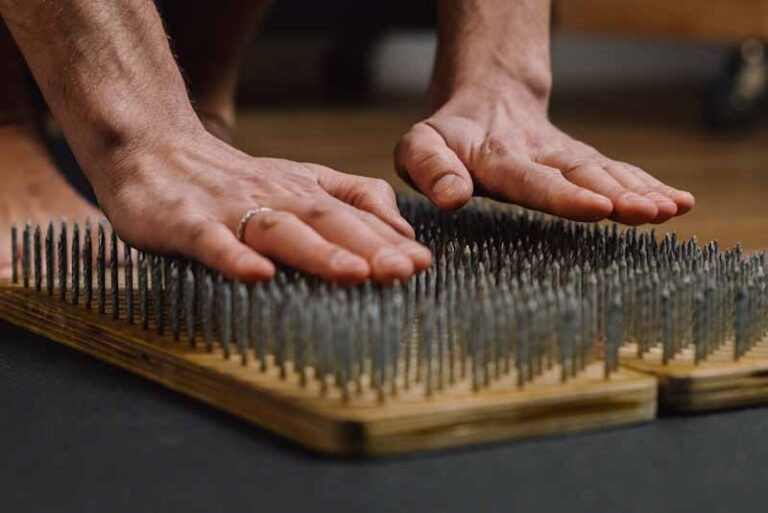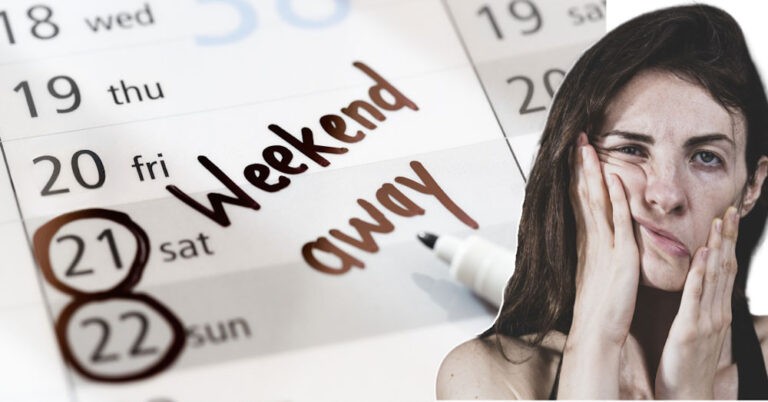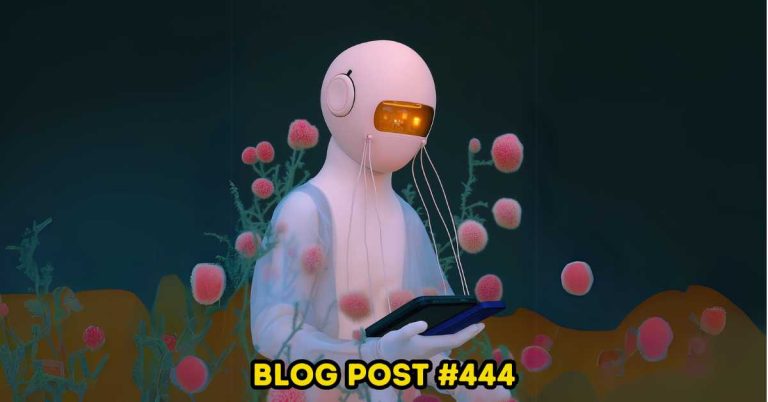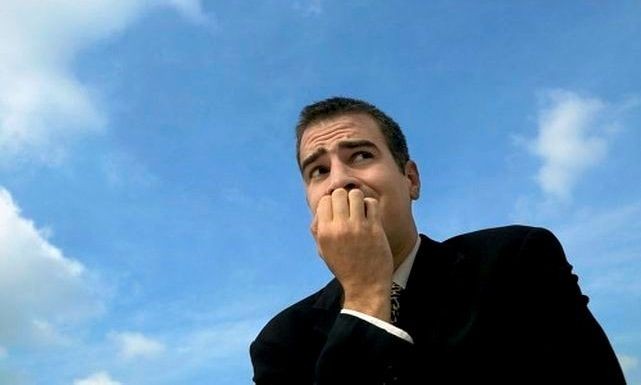Great question, Jack! To start answering this, I want to state that I am one of the happiest people alive. However, how can you know this to be a true statement? In other words, how would you even measure happiness?
This is an interesting question because many people want to be happier, but they don’t know:
– What happiness is?
– Why is it important to be happy in the first place?
– How to measure happiness?
– What are the tools to increase happiness?
Naturally, by not being able to answer these questions, we are unable to realistically determine whether we are actually happy or not and what it truly takes to improve our levels of happiness.
This is a problem since I regularly hear people say things like “happiness is relative,” and therefore your happiness is different from mine, implying that it is also true for the other 8 billion people who have unique requirements for happiness.
However, if we can’t agree on what happiness is and how to measure it, we can’t really coach or learn happiness, and we end up in the resulting mess which resembles our society today with stress, depression, and a host of other psychological conditions being at their all-time high.
At the same time, we are living in one of the most technologically advanced societies the world has ever seen. Arguably, if we ever had the tools to be happy, it is right now, suggesting that something very seriously wrong is happening in the world today.
It is in light of this problem that I suggest that perhaps the first problem we need to address is to answer about four questions:
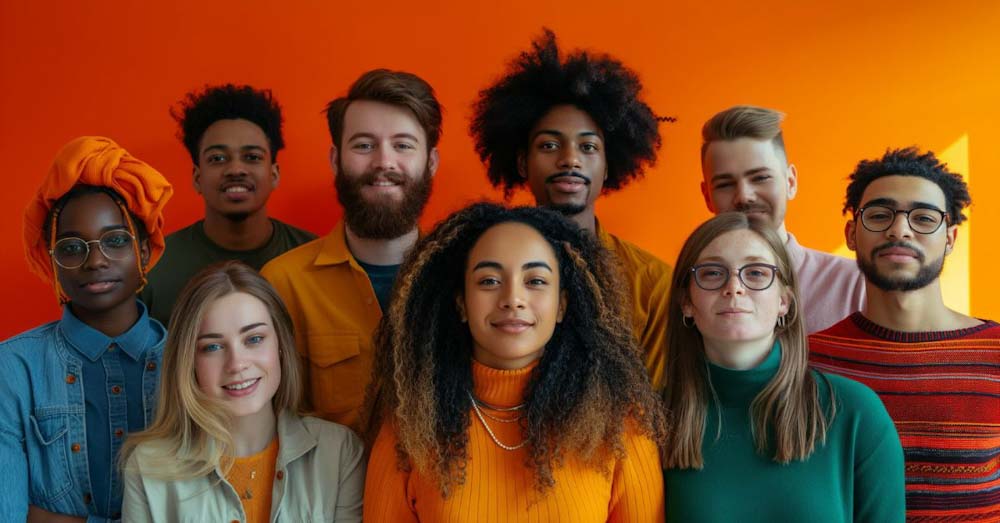
What Is Happiness? Aka: The Definition of Happiness
The first question, “What is happiness?” or the definition of happiness, can be answered with a quick definition:
“Happiness is a positive emotion connected to our general sense of well-being, meaning that it has everything to do with how good we feel about our lives moment by moment and overall speaking.”
I delve deeper into the definition of happiness in a different blog post, which I invite you to read at your convenience.
Why Happiness? Aka: Why Do We Even Want To Be Happy?
The second question, why we want to be happy, can be quickly summarized by the statement that above everything else, people want to be happy, and happiness is the #1 goal in life. This isn’t simply a general statement I came up with, but something Aristotle and many other famous happiness thinkers concluded as one of our most basic motivations in life.
In line with this thinking, Aristotle concluded that above everything else, we want to be happy and everything we do is for the sake of happiness. In other words, we don’t just want a new car. Instead, we want the positive feelings we get from owning and driving a new car. For example, we want the positive feelings that come with the status of owning a car or avoiding the negative feelings of having to travel using public transportation.
Similarly, even something as simple as breathing can be explained by our motivation to be happy because if we don’t breathe, we feel uncomfortable, unhappy, and could die. By avoiding these negative feelings, we are ultimately seeking the positive feelings associated with health, vitality, and being alive, which is happiness.
This is just a quick summary of this question, and if you would like to delve deeper into this topic, I recommend either buying an Optimal Happiness book or subscribing to one of our happiness courses.
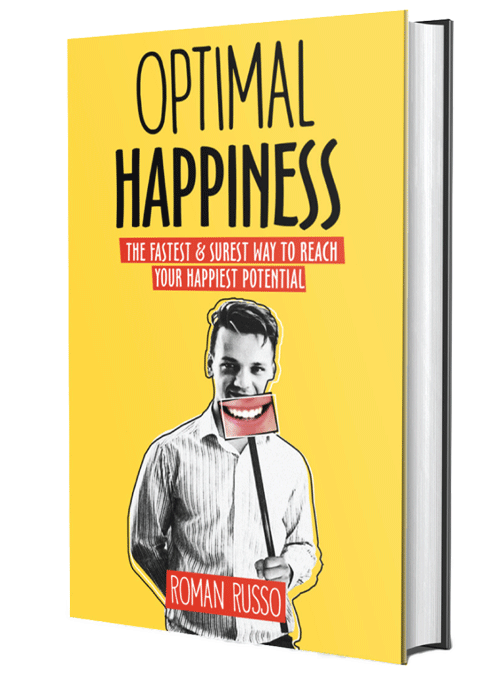
How to Measure Happiness
When it comes to the main topic of this blog post, “how to measure happiness,” I have identified five main ways to do so.
1. Happiness Moment by Moment
The first way we can achieve this is by measuring our happiness moment by moment, or in other words, assessing how much time we spend feeling happy each second, minute, day, month, year, and throughout our lifetime. This can be quantified as a percentage. For example, you may have felt good for an hour, but overall your day was not so good. Your month may have been even worse, but the year as a whole has been good, leading to you being happy around 50% of the time.
To provide some perspective, as a Happiness Coach and one of the happiest people alive, I am happy 99.99% of the time. I make this statement not to boast, as happiness teaches us that the happiest individuals possess the least ego, while it is the unhappy who are ego-driven.
I share this to demonstrate that this level of happiness is achievable. You may currently find the idea unrealistic, fabricated, a sales pitch, or believe that somehow this isn’t possible for you, as your past experiences prevent you from reaching such happiness. However, with Optimal Happiness training, I assure you that although you may not reach 99.99% happiness, you can significantly improve compared to your current state.
2. Happiness on a 0 to 10 Scale
A different way to measure happiness is on a simple scale of 0 to 10, with zero being completely unhappy and 10 being as happy as you can possibly be. Interestingly, there is no 5 on this scale, no midpoint, or purely natural state, suggesting that you can either be happy or unhappy. Yes, there is only 4.999999 or 5.000001, so slightly happy or unhappy, which is super relevant when we start discussing what it really takes to be happy.
Indeed, there are two polarities: positive and negative, with positive being from 10 to 5 and negative being from 5 to 0. In this way, a range of emotion can be described by the intensity of positive or negative emotions that we are experiencing. So an emotion like boredom will be a low-intensity negative emotion, and a high-intensity negative emotion will be horror. Similarly, a low-intensity positive emotion will be contentment, and a high-intensity positive emotion will be ecstasy.
In other words, all the negative emotions are, by the strict definition of happiness, called unhappiness, while all the positive ones are called happiness.
3. Biological Happiness
The third way to measure happiness is by examining biological indicators such as transpiration, pupil dilation, and galvanic skin response tests. These methods provide a more scientific approach to measuring happiness and there are many other techniques available for this purpose. These methods are typically used in laboratory settings or for scientific research purposes. However, in the context of this article and my teachings on happiness, you do not need to visit a laboratory to determine your happiness.
Instead, you can consider the aforementioned measurements and observe how people behave in general to assess their happiness, which we will discuss next.
4. Behavior and Happiness
In this method of measuring happiness, I like to observe people’s body language to determine their feelings at specific moments, such as whether they have their arms crossed or are taking up physical space.
Additionally, you can pay attention to the words people use. For instance, if they frequently use negatively framed words, like cursing, it is a strong indicator that they may be unhappy, at least in that specific moment when they express negative words. Conversely, when people are happy, they tend to use positively framed words.
5. Happiness vs. Emotions vs. Feelings vs. Mood
The last distinction I will make regarding the measurement of happiness is differentiating between happiness, emotions, feelings, and mood.
We have already established that a range of positive emotions is generally referred to as happiness, while a range of negative emotions can be termed unhappiness.
A feeling is a short-term emotional experience, such as the positive sensations from seeing the sun shining, hearing birds sing, observing beautiful people, or receiving a compliment. Conversely, negative feelings might arise from realizing your toothpaste has finished or that you tripped while walking on the street.
However, the above feelings don’t necessarily translate into our mood, as even if something bad happens like breaking a nail doesn’t automatically mean that your whole day is ruined. Similarly, a good event like finding a five-dollar bill on the street doesn’t automatically mean that you are feeling good, as you can continue to be in a general negative mood.
In this way, mood is an overarching emotion that we experience. It is distinct from happiness, feelings, and emotions, and understanding this distinction is also a way we can measure happiness.
The How of Happiness
After discussing what happiness is, why it is important, and how to measure happiness, we should now shift our focus to the final question: “How to be happy?” In other words, we should discuss tips, tricks, techniques, and general advice on achieving happiness. This is perhaps where we will spend the most time discussing happiness, so it cannot be fully covered in this article.
At this point, my advice to you is to continue studying happiness with Optimal Happiness, as we know it to be the fastest, surest, and most efficient way to reach your happiest potential. Your journey to become the happiest version you can be can start with reading Optimal Happiness book, or a free 30-minute introductory call which I invite you to schedule at your convenience.
So count your smiles and make it a goal to become as happy as you can be. You only live once, and you deserve to have the best and happiest life you can live.
